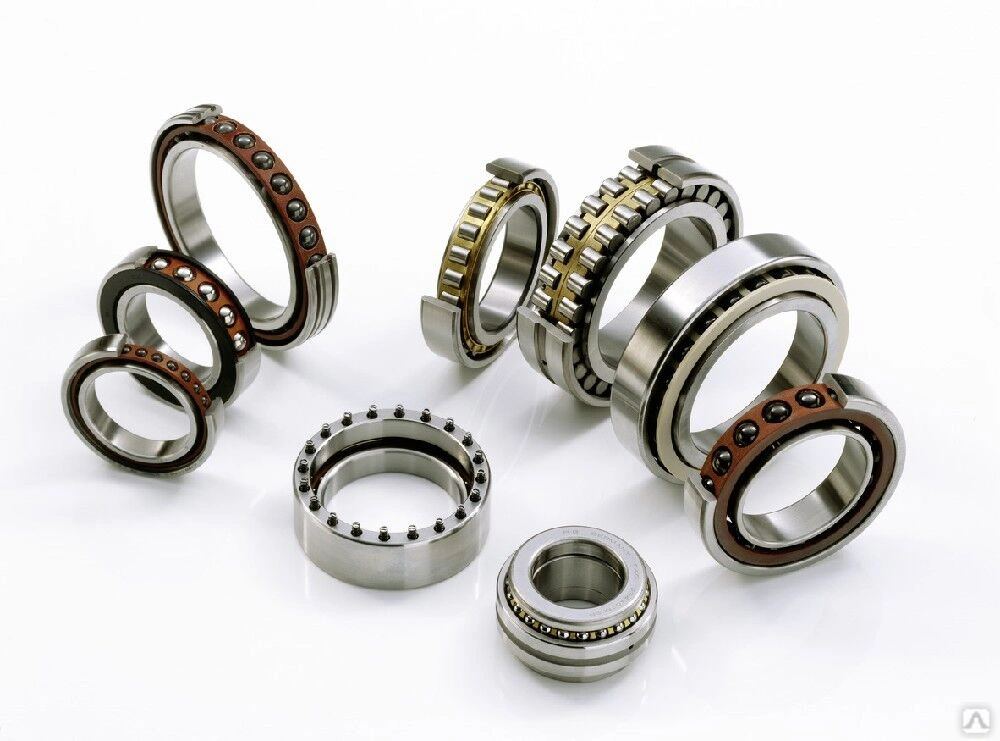What Are the Benefits of Using Super Precision Bearings in CNC Machines?

What Are Super Precision Bearings? A Comprehensive Guide for Engineers
Introduction
Super precision bearings are high-performance bearings designed for applications requiring superior accuracy, high speed, and minimal friction. Used in critical industries such as aerospace, medical equipment, robotics, and high-speed machining, these bearings play a pivotal role in ensuring precision and reliability.
This guide will provide engineers with a comprehensive understanding of super precision bearings, covering their types, applications, benefits, and selection criteria.
What Are Super Precision Bearings?
According to a Super Precision Bearings Market report, the industry is expected to grow significantly in the coming years.
Super precision bearings are specialized rolling element bearings engineered to meet exacting performance standards. Unlike standard bearings, they offer enhanced rotational accuracy, reduced runout, and optimized surface finish. These bearings are often manufactured with tighter tolerances as defined by the ABEC (Annular Bearing Engineers' Committee) and ISO (International Organization for Standardization) standards.
Key Features of Super Precision Bearings
High Rotational Accuracy: Essential for applications requiring minimal shaft deflection and vibration.
Low Friction: Advanced materials and lubricants reduce friction, enhancing efficiency.
High-Speed Capability: Designed to operate at extremely high speeds without compromising performance.
Rigidity: Superior rigidity ensures minimal deformation under load.
Temperature Stability: Optimized to maintain performance under varying thermal conditions.
Types of Super Precision Bearings
Angular Contact Ball Bearings:
Designed to handle both radial and axial loads.
Suitable for high-speed spindle applications.
Cylindrical Roller Bearings:
Provide high radial load capacity.
Used in precision machine tools.
Tapered Roller Bearings:
Handle combined loads (radial and axial).
Used in gearboxes and aerospace applications.
Radial Deep Groove Ball Bearings:
Offer low noise and high accuracy.
Commonly used in precision instruments.
Applications of Super Precision Bearings
Machine Tool Spindles: Ensures high accuracy and minimal runout for machining.
Aerospace: Used in turbines, gearboxes, and flight control systems.
Medical Equipment: Essential for MRI machines, dental drills, and robotic surgery.
Robotics: Enables precise motion control in robotic arms and actuators.
Optical Instruments: Critical for maintaining the precision of lenses and rotating components.
Benefits of Super Precision Bearings
Improved Performance: Enhances machine accuracy and output.
Longer Service Life: Reduced wear and optimized lubrication extend operational lifespan.
Energy Efficiency: Low friction decreases energy consumption.
Noise Reduction: Ideal for applications requiring silent operation.
Selection Criteria for Engineers
When choosing super precision bearings, consider the following factors:
Load Requirements: Determine the radial and axial loads the bearing will experience.
Speed: Choose bearings rated for your application's maximum operating speed.
Tolerance Class: Ensure the bearing's ABEC or ISO class meets your precision needs.
Lubrication: Select the appropriate lubricant for speed and temperature conditions.
Material: Consider ceramic or hybrid bearings for high-speed or corrosive environments.
Mounting and Alignment: Ensure proper installation to maintain bearing performance.
Super precision bearings are vital components in high-performance applications demanding extreme accuracy, speed, and reliability. Engineers must carefully evaluate load capacities, speed ratings, and tolerance classes when selecting these bearings. By understanding their key features, types, and applications, you can optimize machine performance and extend the lifespan of critical equipment.
For more in-depth information on bearing selection and maintenance, stay tuned for upcoming technical guides!







